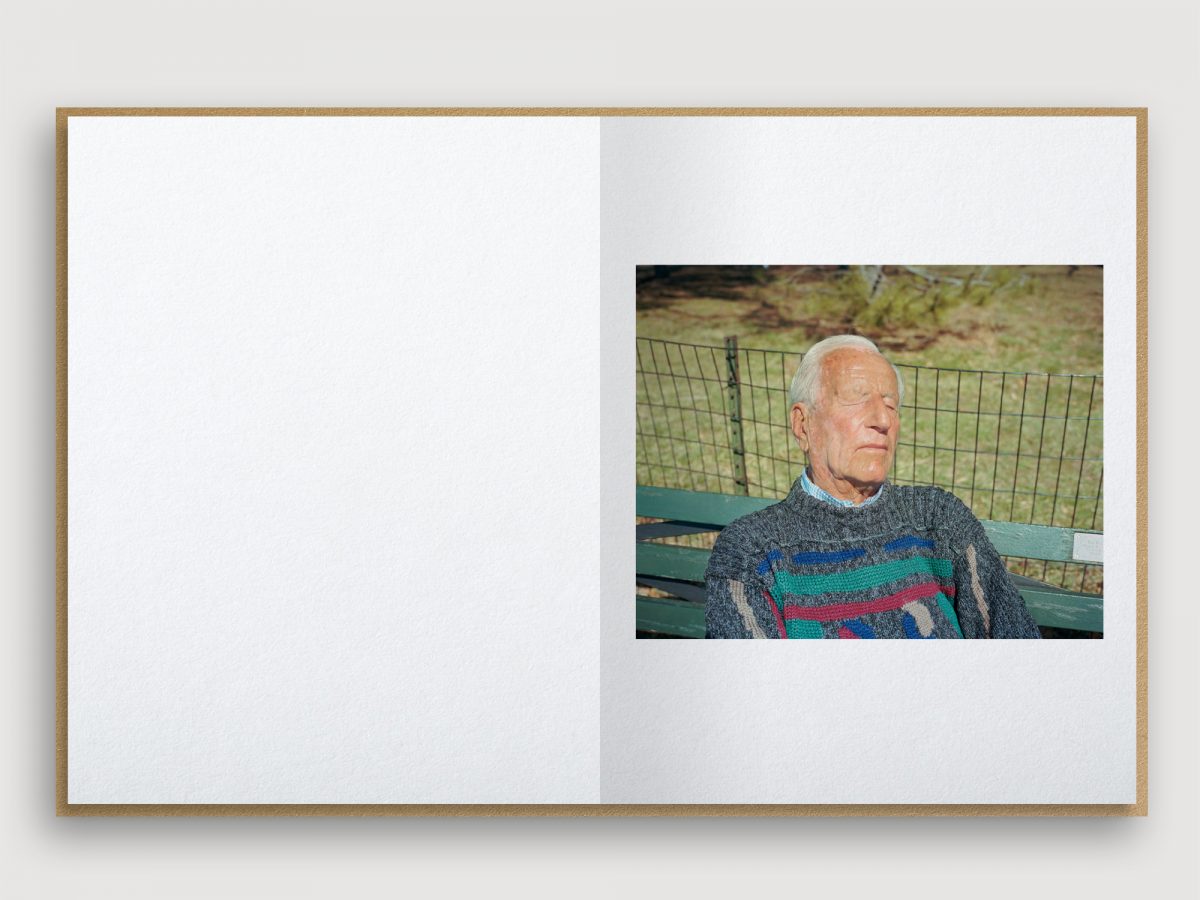
When Central Park opened in 1876, it was like nothing New Yorkers had ever seen before. The vast swathe of greenery filled with winding paths, woodlands, lakes and playgrounds, was designed to offer pastoral respite to every section of urban society. Designer Frederick L Olmsted had been inspired by visits to the UK, where public parks that put an emphasis on nature, as opposed to rigid order, had become a mainstay.
Central Park’s disrepair and regeneration has followed the wax and wane of Manhattan’s fortunes, but it has always been a place of refuge, where one can take a breath in among the skyscrapers. Never was this more vital than at the apex of the pandemic lockdown, when the once chaotic streets were rendered deserted.
Manhattan residents’ pivot to the park caught the interest of Canadian photographer Scott Rossi, who is based in Brooklyn. He saw how this democratic space offered much-needed tranquillity in a city dominated by notoriously cramped and often neglected housing. The resulting photographic project, which has now been turned into a book titled Common Place, shows off the park at its best.
“It has always been a place of refuge… Never was this more vital than at the apex of the pandemic lockdown”
Visitors are seen picnicking, paddling and barbecuing in the golden light of summer, or else wrapped up against the elements, including thick snowdrifts. There are families, friends, lovers and solo trippers, practicing pursuits as varied as martial arts and medieval roleplay. The richness of activity shows just how vital public parks are to a sense of freedom, where people can gather without the need for either payment or any specific purpose, and the act of being alone need not be lonely.
While the people of the park take centre stage, their absence is also celebrated. In one image, a bright orange fish swims among the reflection of the vast towers that surround it. In another, a fraction of light pierces the woodland canopy, with no hint that it exists within an urban realm. These photographs serve as a reminder of the joy we have all felt in moments of bucolic solitude. Even if we were mere moments from the subway.
Another fascinating aspect is that if you did not know the setting, you would be forgiven for thinking that Rossi had travelled to a multitude of parklands, rather than a single – if rather epic – space. Frost-covered boulders, formal architecture, dense shrubbery and verdant lawns show a diverse landscape that is as distinct as the various neighbourhoods that make up the city.
“These photographs serve as a reminder of the joy we have all felt in moments of bucolic solitude. Even if we were mere moments from the subway”
In Central Park, which reaches from Harlem to Midtown, people from all walks of life come together, whether they be young families running around with their kids, or business people strolling between meetings. Whether person or plant, Rossi gives each subject equal weight, imbuing his shots with a sense of serenity and composure utterly at odds with the enduring image of a frenzied and crowded Manhattan.
Although the immediate threat of lockdowns has begun to fade from public consciousness, the rapid and terrifying threat of climate change has not. While New York is known for its sweltering summers and freezing winters, the idea that these extremities will increase adds a new layer of meaning to Rossi’s images.
Will New Yorkers still be able to use the park in years to come, as temperatures rise and plummet to alarming new levels, rendering the land barren and inhospitable? Or will these serene photographs become a document to a lost moment, when nature could still offer sanctuary in a time of unimaginable hardship? It’s a sobering thought, but for now at least, Common Place can inspire readers to set out, find a patch of parkland, and drink it all in.
Holly Black is Elephant’s managing editor
Common Place by Scott Rossi is out now (Guest Editions)













